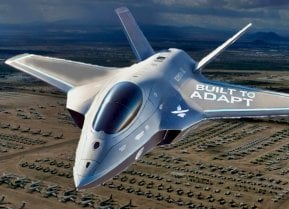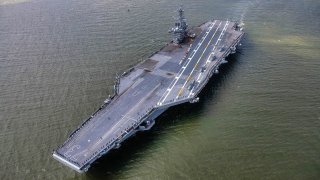Shock Trials: The Navy 'Drops Bombs' Near New Aircraft Carriers as a Test
Shock trials are key to validating the investment the Navy has made into the development of its most expensive warships. Indeed, the newest aircraft carrier, USS Gerald R. Ford, the first in her class, was significantly delayed due to discoveries made by the design team during the great ship’s shock trials in 2021. This was a problem for the Navy, which had immediate plans for the vessel.
Summary and Key Points: U.S. aircraft carriers, symbols of American naval power, undergo rigorous shock trials to ensure they can withstand the demands of modern combat. These trials test the structural integrity, equipment resilience, and operational readiness of carriers by simulating explosive forces and other combat conditions.
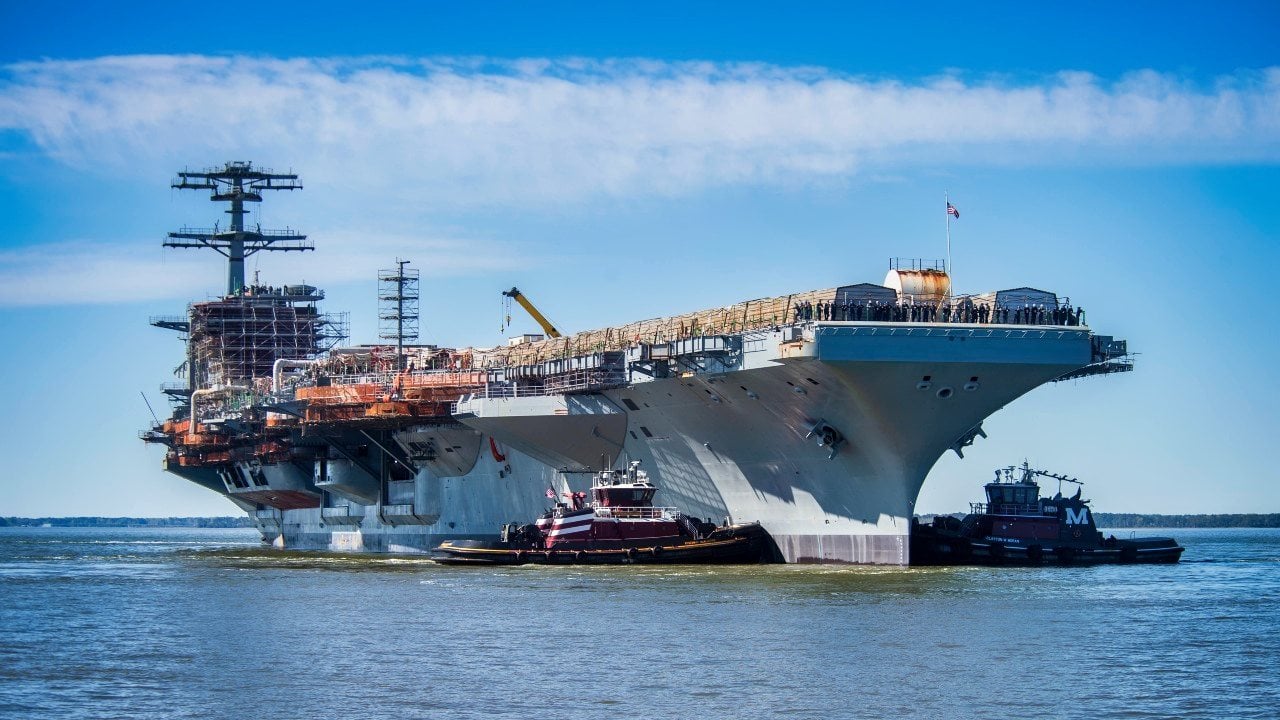
-Shock trials reveal vulnerabilities, allowing engineers to address flaws and improve future designs. The most crucial aspect of these tests is ensuring that carriers can continue launching and recovering aircraft, the core of their offensive and defensive capabilities, even under stress.
-Despite the costs and challenges, these trials are essential for validating the effectiveness of these complex warships.
The Untold Importance of U.S. Navy Aircraft Carrier Shock Trials
American aircraft carriers are among the most complex systems mankind has ever built and maintained. Carrying thousands of personnel, launching complex at-sea flight operations, and powered by nuclear reactors that allow virtually unlimited range, these boats have been the symbols of American naval power since the Second World War.
Despite their complexity and incredible capabilities, U.S. carriers are still manmade war machines. They are not impervious, and indeed the advent of enemy anti-access/area-denial systems puts them at risk. Because of their vulnerabilities and the complexity of their systems, the Navy puts these ships through rigorous shock trials to ensure maximum safe operations.
Think of a “shock trial” as a stress test your cardiologist makes you go through to determine the strength and endurance of your heart. That’s what the Navy does to its new carriers.
Understand the Shock Trial
To ensure these carriers can endure the demands of modern naval combat, the Navy subjects its carriers to structural integrity tests and checks to ensure equipment resilience and crew safety. The Navy wants the shock trials to validate the design of the carrier. They need to test operational readiness and to confirm the warships meet the service’s rigorous standards.
Shock trials include testing the warship against explosive forces. Knowing how the hull withstands underwater explosions is key. Indeed, there have been at least three occasions in the last 18 years when U.S. aircraft carriers have either been threatened with torpedoes or “sunk” in wargames by torpedoes.
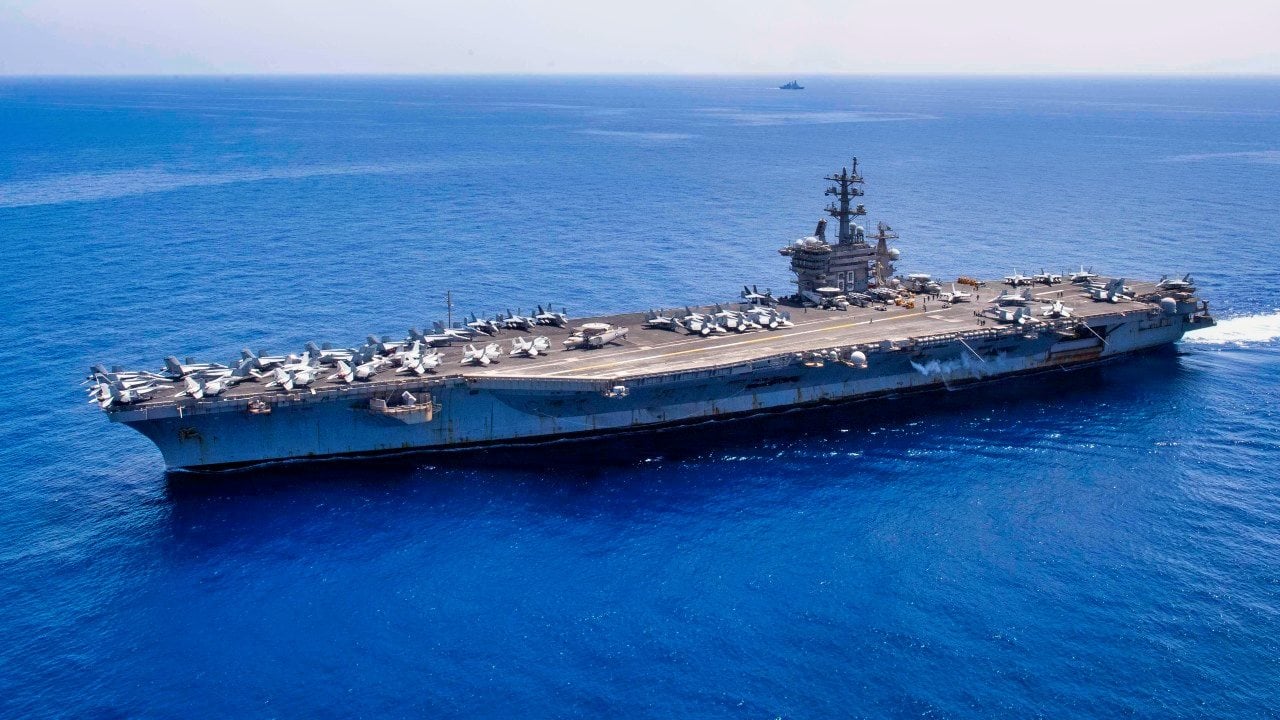
In 2006, an old Chinese Song-class diesel-electric submarine got within torpedo-firing range of the nuclear-powered USS Kitty Hawk. Had it not been for the fact that the Chinese submarine purposely surfaced within eyesight of the American carrier, the Yanks would have been none the wiser.
Not long thereafter, both a French submarine and a Swedish Gotland-class sub, during two different wargames against U.S. carriers, were able to sneak up on the American ships and “sink” them.
So the U.S. Navy wants both to increase the anti-submarine warfare capabilities of their newest warships and to ensure they can take a wallop.
The explosive shock trials help do this.
Toward that end, the Americans also test how explosive shockwaves damage different parts of the hull in order to help the Navy better train their crews to keep their boats afloat.
Shock trials include testing equipment onboard the ship. Systems like advanced radar, nuclear reactors, and communications equipment – as well aircraft support systems – must be tested under combat conditions.
The explosive tests they subject the ship to during shock trials help Navy engineers understand how different onboard components operate under these stressful conditions. They further help engineers to make those systems harder to damage while in combat.
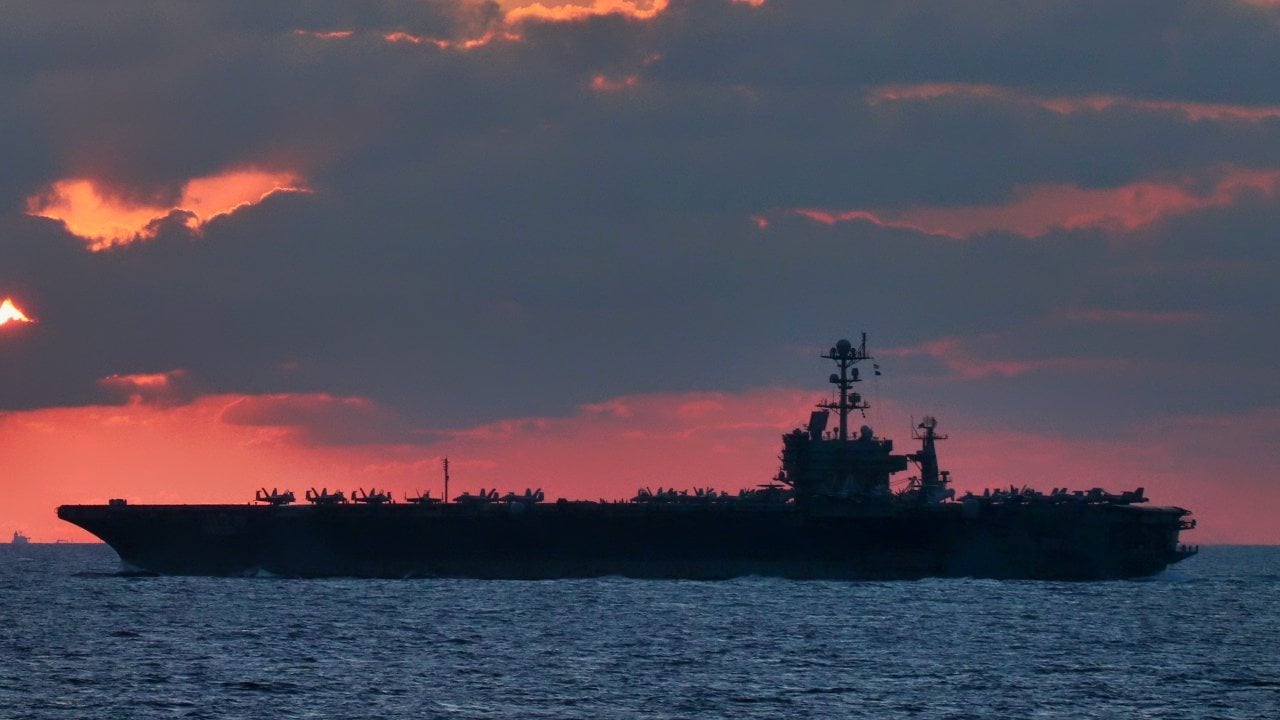
What’s more, the Navy’s intensive shock trials on warships help the Pentagon’s eggheads validate design choices. They measure to see if the materials and overall design of the hull, along with the placement of bulkheads and an assortment of other engineering choices, were appropriate.
If these things fail to live up to expected performance parameters under shock trials, it is unlikely they would survive in combat.
Ensuring the Carrier Can Launch & Recover Planes in Combat
The most important feature of an aircraft carrier isn’t anything on the ship itself. It’s what the leviathan launches that makes it such an important system. The airwing aboard the carrier is really its only offensive capability. The birds can also be used to defend the carrier.
So one of the primary goals of the shock trials is to ensure that the carrier in question can reliably launch and recover aircraft, communicate effectively in combat, and keep itself going under its own power, even if it is damaged in combat.
Shock trials are key to validating the investment the Navy has made into the development of its most expensive warships. Indeed, the newest aircraft carrier, USS Gerald R. Ford, the first in her class, was significantly delayed due to discoveries made by the design team during the great ship’s shock trials in 2021. This was a problem for the Navy, which had immediate plans for the vessel.
A Waste of Time & Money?
Nevertheless, it was better that the Navy discovered the severe flaws in the ridiculously expensive and complex Ford carrier design. Not only was the Navy able to repair whatever problems they discovered during shock trials, but it can incorporate the lessons learned into subsequent carriers.
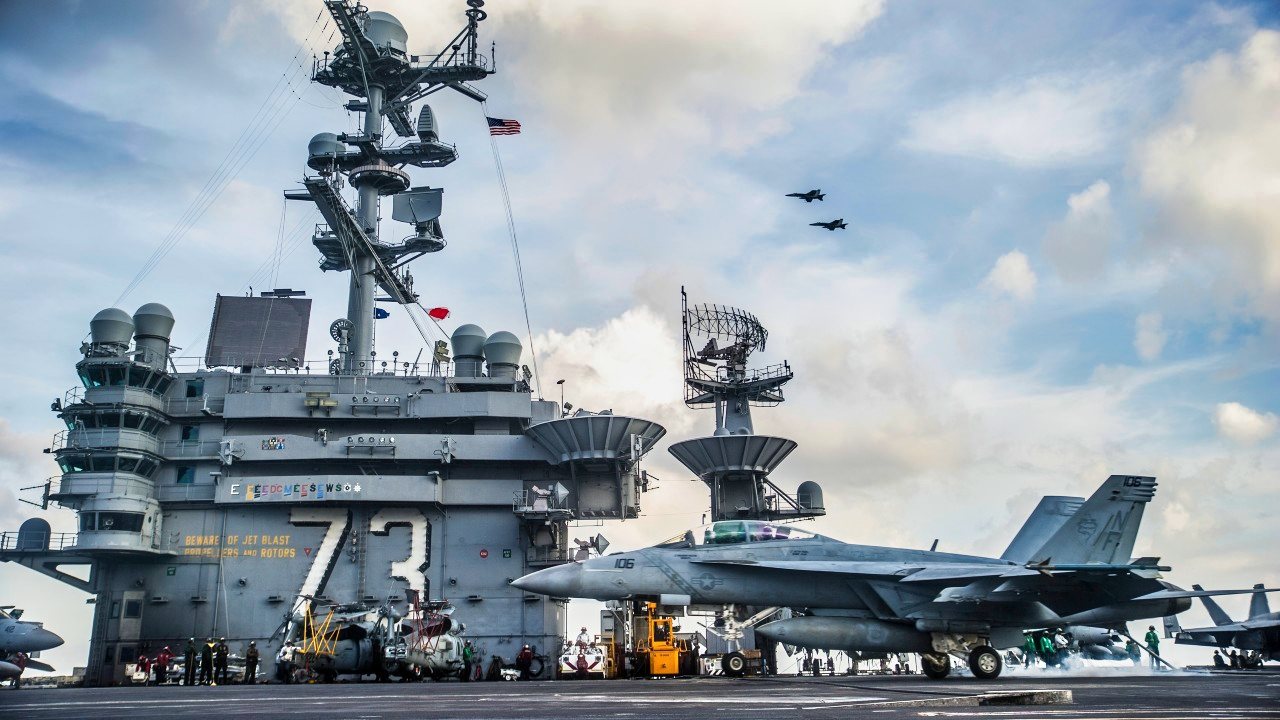
Until the Pentagon divorces itself from its obsession with flat tops, at the very least shock trials perform a vital service, revealing the capabilities and limitations of carriers while in combat.
Author Experience and Expertise: Brandon J. Weichert
Brandon J. Weichert, a National Interest national security analyst, is a former Congressional staffer and geopolitical analyst who is a contributor at The Washington Times, the Asia Times, and The-Pipeline. He is the author of Winning Space: How America Remains a Superpower, Biohacked: China’s Race to Control Life, and The Shadow War: Iran’s Quest for Supremacy. His next book, A Disaster of Our Own Making: How the West Lost Ukraine, is due October 22 from Encounter Books. Weichert can be followed via Twitter @WeTheBrandon.
All images are Creative Commons or Shutterstock.
From the Vault
Russia Freaked Out: Why the U.S. Navy 'Unretired' the Iowa-Class Battleships
Battleship vs. Battlecruiser: Iowa-Class vs. Russia's Kirov-Class (Who Wins?)
